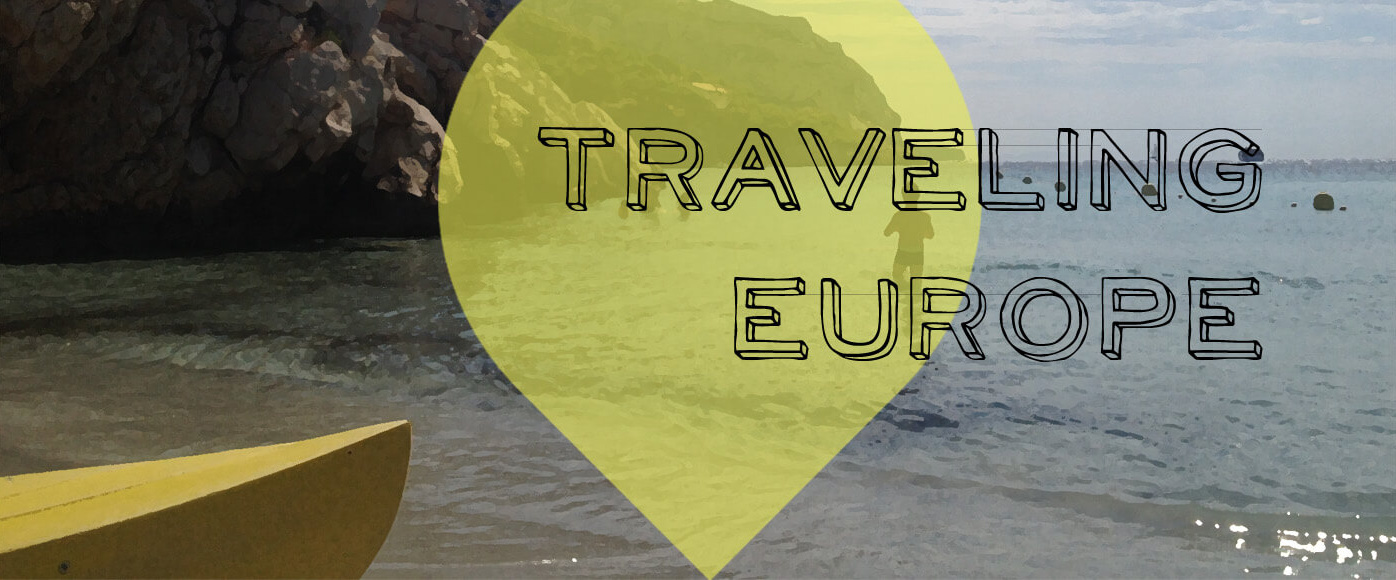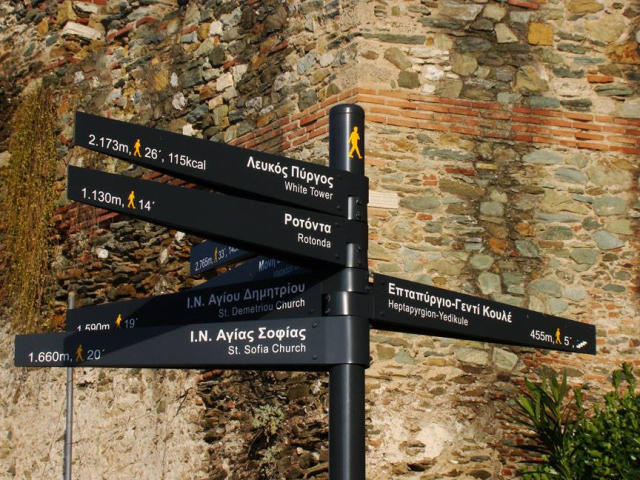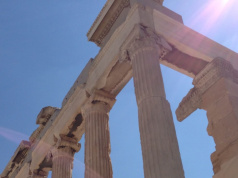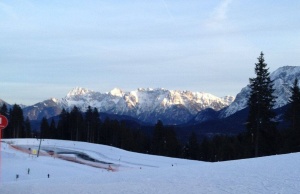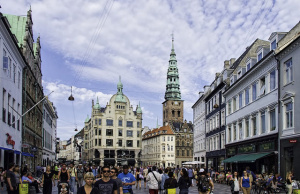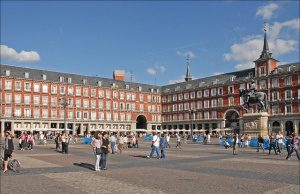While the Cyclades Islands and Greece’s capital city of Athens may get the most attention in terms of tourist destinations, we can’t forget about Thessaloniki, Greece’s second largest city. Built upon the sea, Thessaloniki has more to offer than you may think!
Founded in 315 BC, Thessaloniki is considered to be Greece’s culture capital, as it is well known today for a vibrant nightlife, many festivals and events as well as its metropolitan development.
Thessaloniki is a major part of Greece’s economic, industrial, commercial and political core. However, you can say the backbone of the city is the Aristotle University of Thessaloniki (AUTH), the largest in Greece, with approximately 80,000 students. With the current situation in Greece, public services such as the universities are definitely feeling the strain. For a school project we had the opportunity to collaborate with students from the AUTH University and you could definitely tell that they felt their campus was lacking a strong pulse.
Going just a short walk into the heart of the city, however, you can easily see how the students have shaped the way Thessaloniki has developed. Nightlife there is some of the best in Europe, with numerous bars, clubs and restaurants to choose from. Just walking outside on any given weekend night, there are people spilling out onto the sidewalks, chatting, dancing and drinking cocktails. It’s no wonder that Thessaloniki was named the European Youth Capital in 2014.
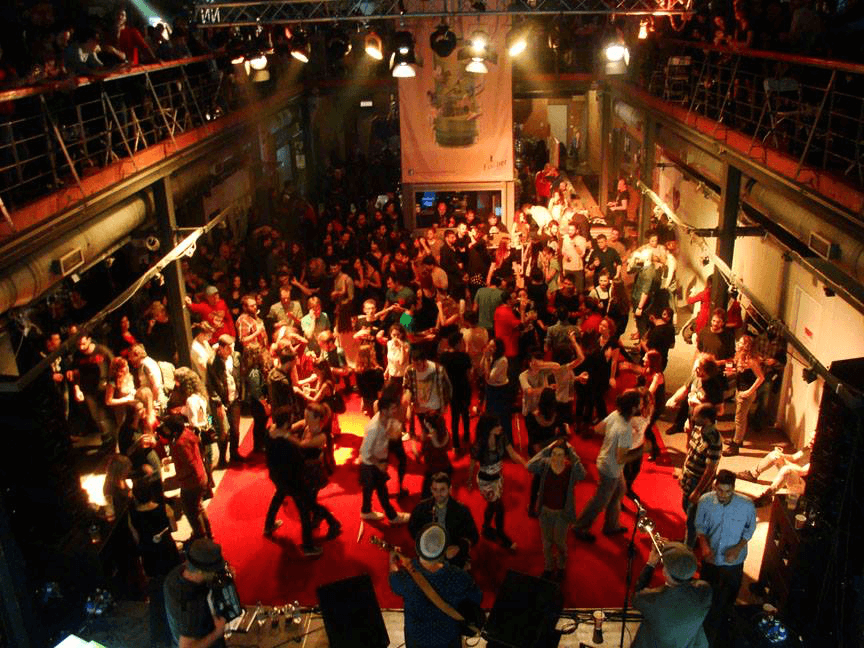
As you can expect from a location considered a “culture capital”, what Thessaloniki brings in terms of nightlife, it equally matches in terms of historical monuments, ancient sights and cultural traditions. Thessaloniki was a major metropolis during the Roman period, and the second largest and wealthiest city of the Byzantine Empire, which is evident today in the many monuments you can see there.
Some of the top sites in Thessaloniki include:
The ancient forum, which dates back to 2nd or 3rd century AD, an archeological site which features many monuments, temples and other buildings as well as the Triumphal Arch of Gelerius, built in 305 AD and a Rotunda built in the early 4th century.
The various Byzantine monuments dating back as far as the 5th century. This includes many churches as well as the byzantine walls of the city, the byzantine bathhouse and the Heptapyrgion castle.
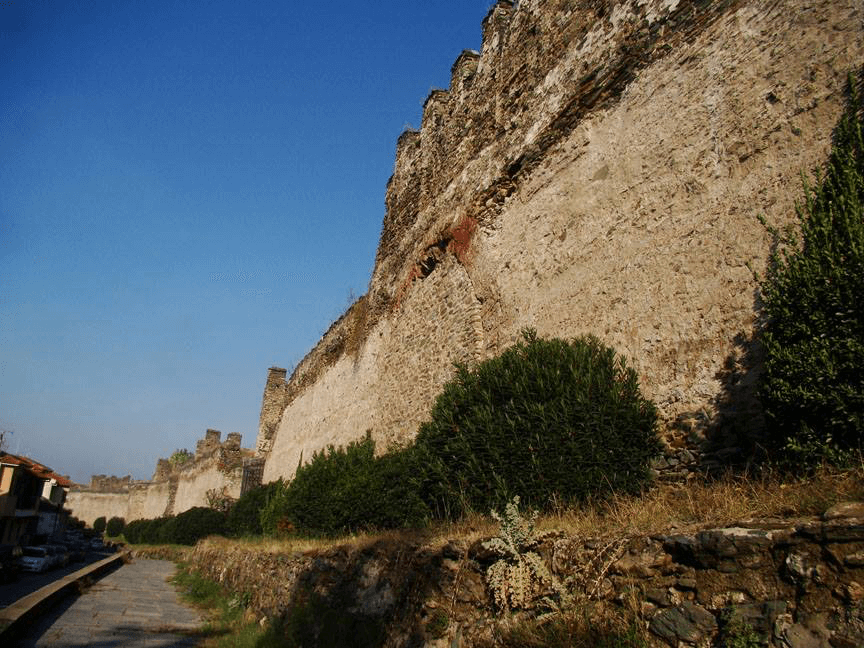
The Ottoman monuments located throughout the city, the most famous perhaps is the White Tower from the 15th century. You can also find the Mosques of the Hazma Bey Cami, the Hamams (Turkish bathhouses) and the Bezesteni, a rectangular building that operated as a cloth market in the late fifteenth century.
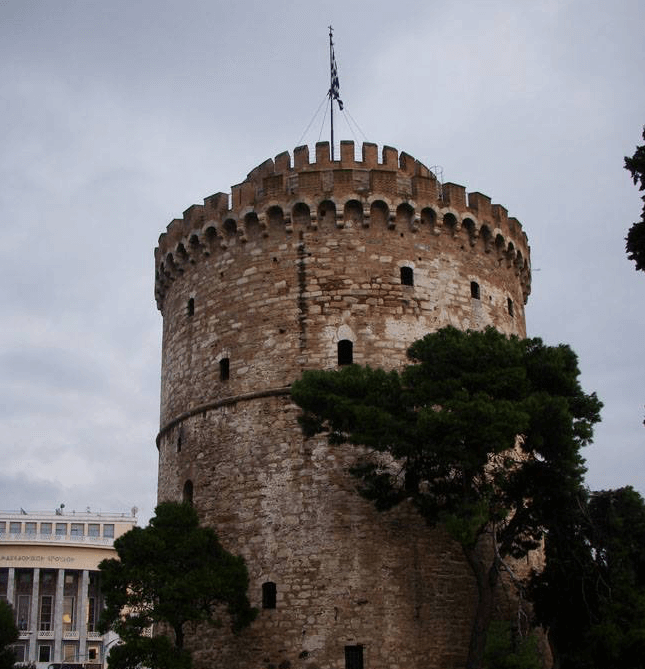
Also, I would recommend visiting the Ano Polis (old city), the historical quarter of Ladidika, the traditional markets and the central Aristotelous Square.
Lastly, Thessaloniki has some of the best food I’ve had in my life! Compared to more northern countries, it is also really cheap and exceptionally fresh and delicious. We tried many restaurants during our trip and were only disappointed by one that was right in the heart of the tourist center.
Overall, considering Thessaloniki’s rich cultural heritage, excellent nightlife, terrific food options and, of course, its picturesque location on the water, you can see why Thessaloniki must be on your travel destination list!
[Visit Greece], [Wikipedia]
